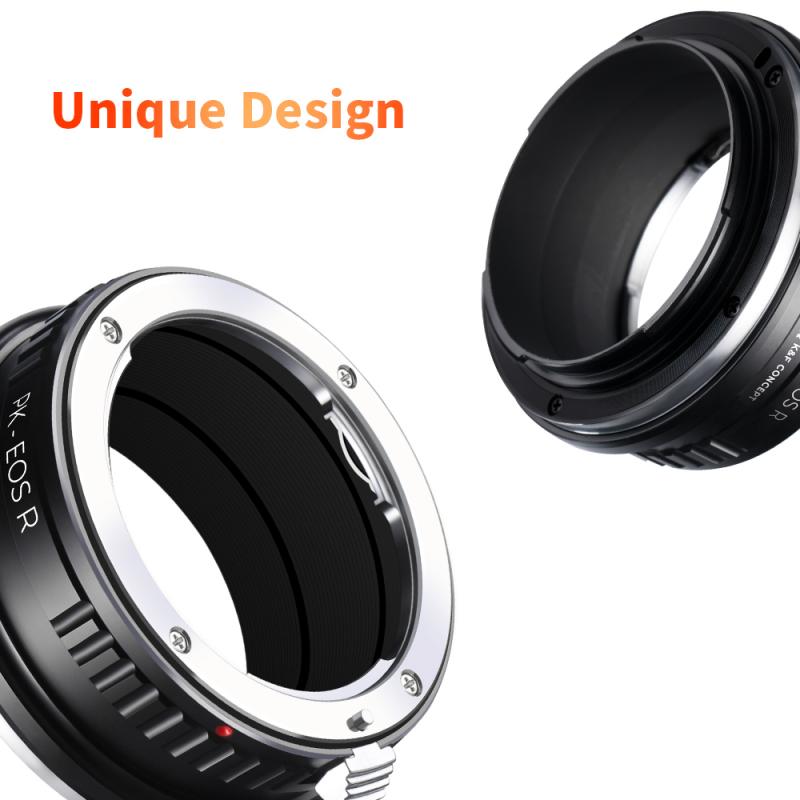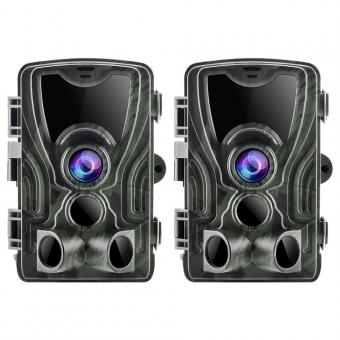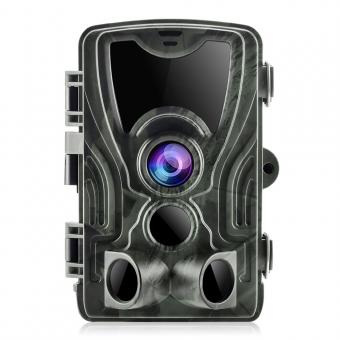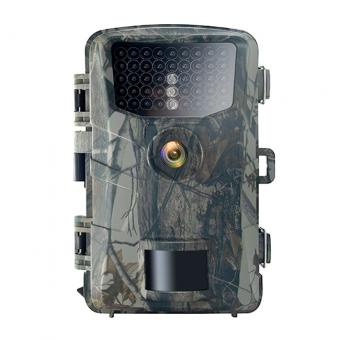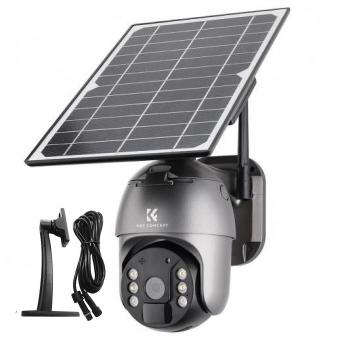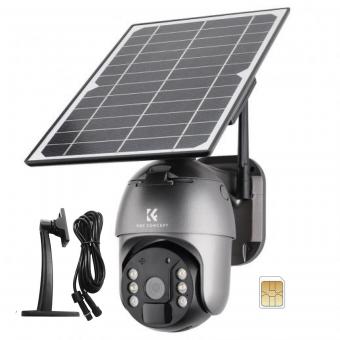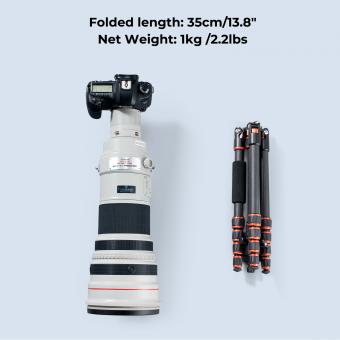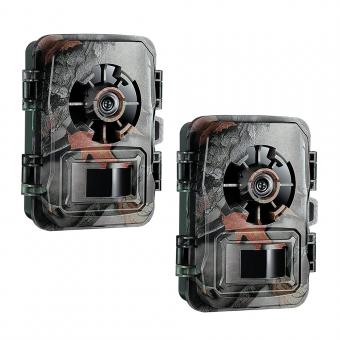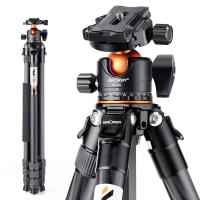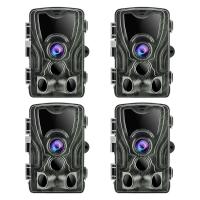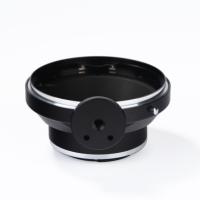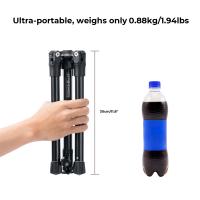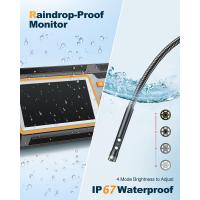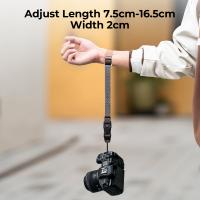Vemont Waterproof Camera How To Remove Casing ?
To remove the casing of a Vermont waterproof camera, you typically need to locate the screws or latches that hold the casing together. These are usually found on the sides or bottom of the camera. Use a small screwdriver or a tool specifically designed for opening camera casings to unscrew or release the latches. Once the screws or latches are undone, carefully separate the casing by gently pulling it apart. Be cautious not to force or damage any internal components while doing so. It is recommended to refer to the camera's user manual or seek professional assistance if you are unsure about the specific steps for your Vermont waterproof camera model.
1、 Types of waterproof camera casings and their features
The Vermont waterproof camera is a popular choice for outdoor enthusiasts and underwater photographers. Its casing is designed to protect the camera from water damage and allow users to capture stunning images even in extreme conditions. Removing the casing of a Vermont waterproof camera is a relatively simple process that can be done by following a few steps.
To remove the casing of a Vermont waterproof camera, start by ensuring that the camera is turned off and all ports and compartments are securely closed. This will help prevent any water from entering the camera during the removal process. Next, locate the latch or locking mechanism on the casing. This may vary depending on the specific model of the Vermont waterproof camera, so it's important to consult the user manual for guidance.
Once you have located the latch or locking mechanism, carefully release it by following the instructions provided in the user manual. This may involve sliding a switch, pressing a button, or turning a dial. As you release the latch, gently lift the casing away from the camera body. Be cautious not to force or twist the casing, as this could damage the camera or the waterproof seal.
Once the casing is removed, you will have access to the camera's controls and features. It's important to note that removing the casing may void any warranty or guarantee provided by the manufacturer, so it's always a good idea to consult the user manual or contact customer support before attempting to remove the casing.
In terms of types of waterproof camera casings and their features, there are several options available on the market today. Some casings are designed specifically for certain camera models, while others are more universal and can fit a range of cameras. The features of waterproof camera casings can vary, but some common ones include:
1. Depth Rating: This indicates the maximum depth at which the casing can be submerged without compromising its waterproof seal. Different casings have different depth ratings, so it's important to choose one that suits your needs.
2. Controls and Buttons: Waterproof casings often come with built-in buttons and controls that allow users to access the camera's functions and settings. These buttons are designed to be easily operated even when wearing gloves or underwater.
3. Lens Compatibility: Some casings are designed to accommodate different types of lenses, allowing users to capture a variety of shots underwater. This is particularly useful for professional photographers who may require different lenses for different situations.
4. Durability: Waterproof casings are typically made from durable materials such as polycarbonate or aluminum, which can withstand the rigors of underwater photography. They are also designed to protect the camera from shock, dust, and other environmental factors.
5. Mounting Options: Many waterproof casings come with mounting options, such as tripod mounts or accessory attachment points, which allow users to attach additional equipment such as lights or external microphones.
It's worth noting that the latest point of view on waterproof camera casings is the increasing demand for more advanced features and compatibility with the latest camera models. Manufacturers are constantly improving their casings to provide better sealing, easier access to controls, and enhanced durability. Additionally, there is a growing trend towards more compact and lightweight casings, making them easier to carry and handle during outdoor activities.
In conclusion, removing the casing of a Vermont waterproof camera involves following the instructions provided in the user manual and being cautious not to damage the camera or the waterproof seal. When it comes to types of waterproof camera casings, they vary in terms of depth rating, controls, lens compatibility, durability, and mounting options. The latest trends in waterproof camera casings include advancements in sealing, improved access to controls, and a focus on compact and lightweight designs.
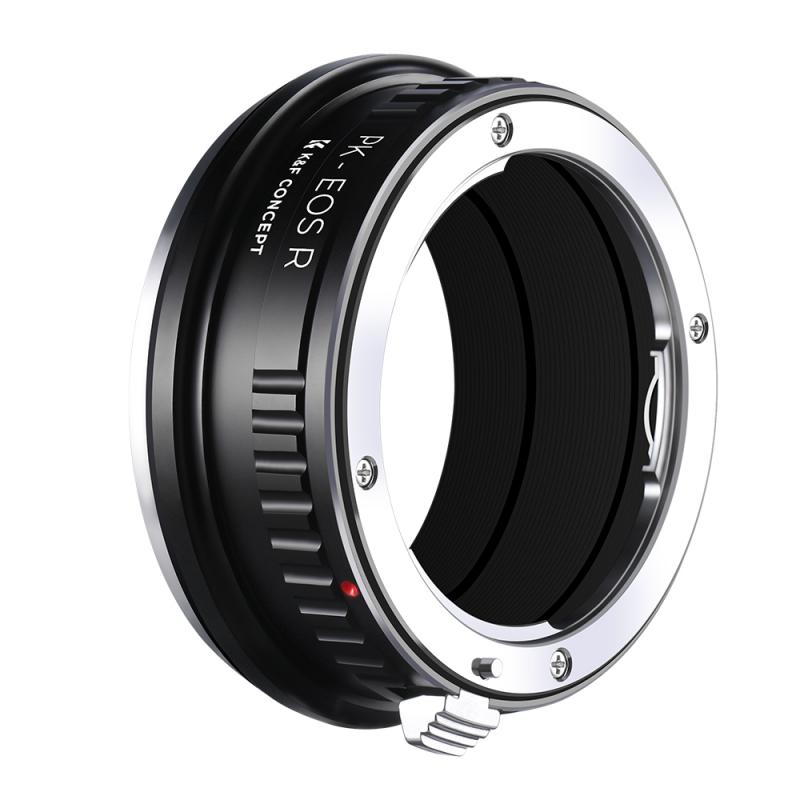
2、 Step-by-step guide to removing the casing of a Vermont waterproof camera
Step-by-step guide to removing the casing of a Vermont waterproof camera:
1. Before attempting to remove the casing of your Vermont waterproof camera, ensure that the camera is turned off and that the battery is removed to prevent any potential damage.
2. Locate the screws that secure the casing of the camera. These screws are usually found on the bottom or sides of the camera. Use a small screwdriver that fits the screw heads to carefully unscrew them. Keep the screws in a safe place to avoid losing them.
3. Once the screws are removed, gently pry open the casing using a plastic opening tool or your fingers. Start at one corner and work your way around the camera, applying even pressure to avoid damaging any internal components.
4. As you separate the casing, be mindful of any cables or connectors that may be attached to the casing. Carefully detach these connectors by gently pulling them apart or using a small tool if necessary. Take note of their positions for reassembly later.
5. Once the casing is fully removed, you will have access to the camera's internal components. This is the point where you can clean or repair any specific parts if needed. However, it is important to exercise caution and avoid touching sensitive components unless you have the necessary expertise.
It is worth noting that the specific steps for removing the casing may vary slightly depending on the model of your Vermont waterproof camera. Therefore, it is always recommended to consult the camera's user manual or contact the manufacturer for detailed instructions tailored to your specific model.
Remember, disassembling your camera may void any warranties, so proceed with caution and only attempt this if you are confident in your abilities.
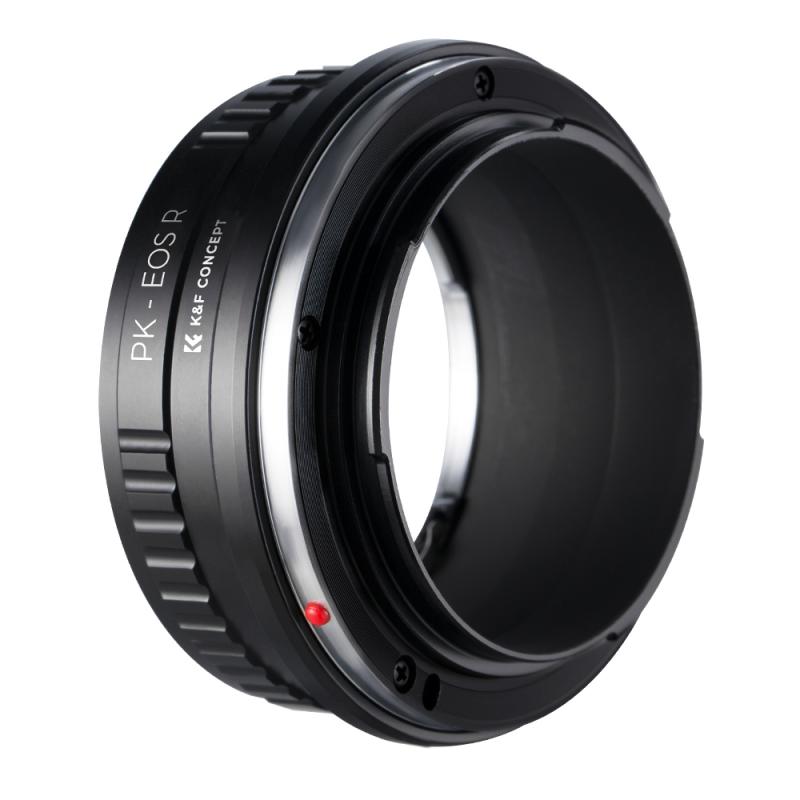
3、 Common tools required for removing the casing of a waterproof camera
To remove the casing of a Vermont waterproof camera, you will need a few common tools. These tools may vary depending on the specific model of the camera, so it's always a good idea to consult the user manual or manufacturer's instructions for your particular camera. However, here are some general tools that are commonly used for removing the casing of a waterproof camera:
1. Screwdriver: Most waterproof cameras have screws that hold the casing together. A small Phillips or flathead screwdriver is typically needed to remove these screws. Make sure to use the correct size and type of screwdriver to avoid damaging the screws or the camera.
2. Plastic pry tool: Some waterproof cameras have clips or latches that secure the casing. A plastic pry tool can be used to gently pry open these clips without scratching or damaging the camera's exterior.
3. Tweezers: In some cases, there may be small components or connectors inside the camera that need to be disconnected or removed. Tweezers can be useful for delicately handling these components.
4. Anti-static wrist strap: If you are planning to open up the camera's internal components, it is recommended to use an anti-static wrist strap to prevent any static electricity from damaging sensitive electronic parts.
It's important to note that removing the casing of a waterproof camera can void the warranty and may require technical expertise. If you are unsure about the process or feel uncomfortable doing it yourself, it is best to seek professional assistance or contact the manufacturer for guidance.

4、 Precautions to take when removing the casing of a waterproof camera
When it comes to removing the casing of a waterproof camera, such as the Vermont waterproof camera, it is important to take certain precautions to ensure the safety of the camera and its functionality. Here are some guidelines to follow:
1. Read the manual: Before attempting to remove the casing, thoroughly read the camera's manual. It will provide specific instructions and precautions for removing the casing, as different cameras may have different mechanisms.
2. Check for water resistance: Ensure that the camera is not submerged or exposed to water before removing the casing. Even though it is designed to be waterproof, it is always better to be cautious and avoid any potential damage.
3. Clean the camera: Before removing the casing, clean the camera to remove any dirt or debris that may have accumulated on the surface. This will prevent any particles from entering the camera when the casing is removed.
4. Use proper tools: Use the appropriate tools, such as a screwdriver or a case opener, to remove the casing. Avoid using excessive force or sharp objects that may damage the camera or the casing.
5. Work in a clean and dry environment: Find a clean and dry area to remove the casing. This will minimize the risk of any dust, moisture, or other contaminants entering the camera during the process.
6. Be gentle and patient: Take your time when removing the casing to avoid any accidental damage. Follow the instructions provided in the manual and proceed with caution.
7. Inspect the casing: Once the casing is removed, inspect it for any signs of damage or wear. If you notice any cracks, scratches, or other issues, it may be necessary to replace the casing before using the camera underwater again.
Remember, removing the casing of a waterproof camera should be done with care and attention to detail. By following these precautions, you can ensure the safety of your camera and maintain its waterproof capabilities.
